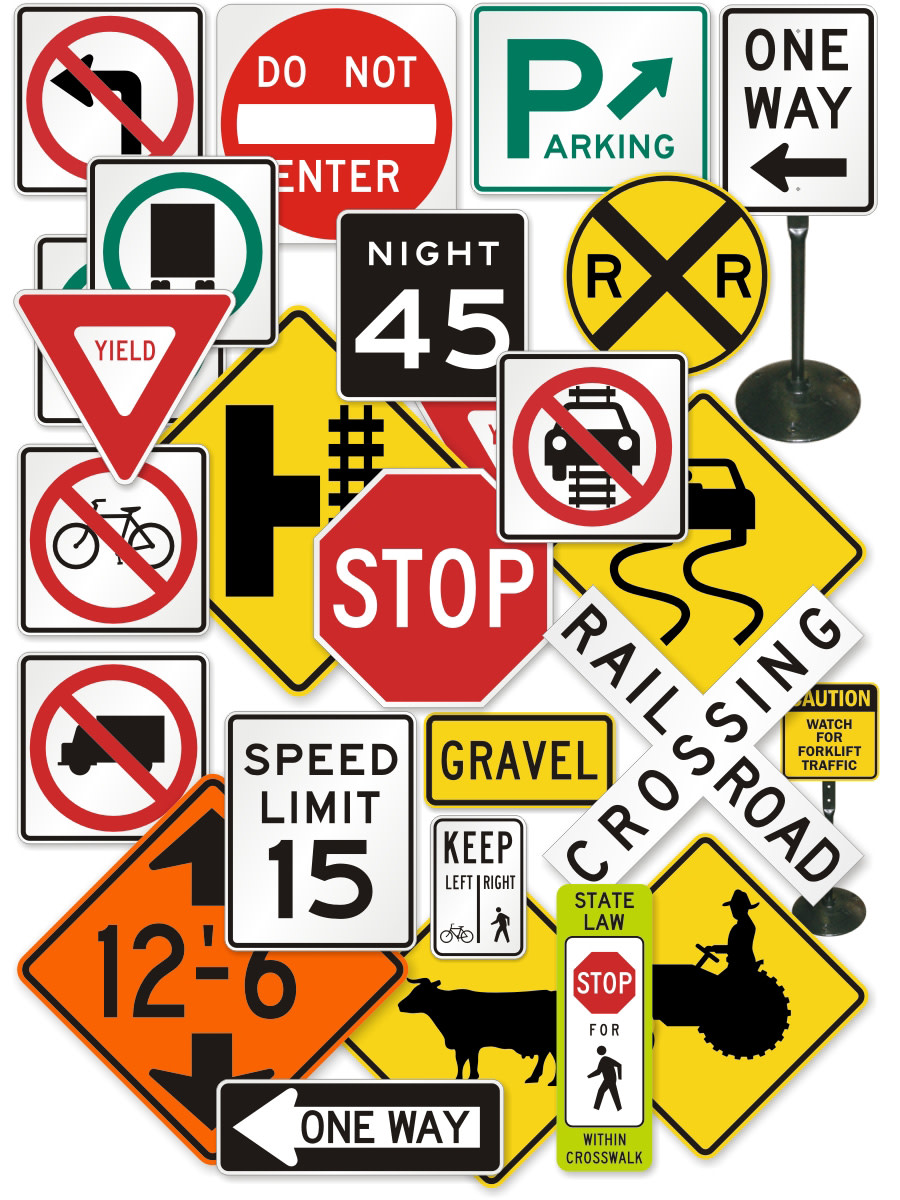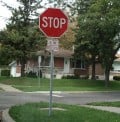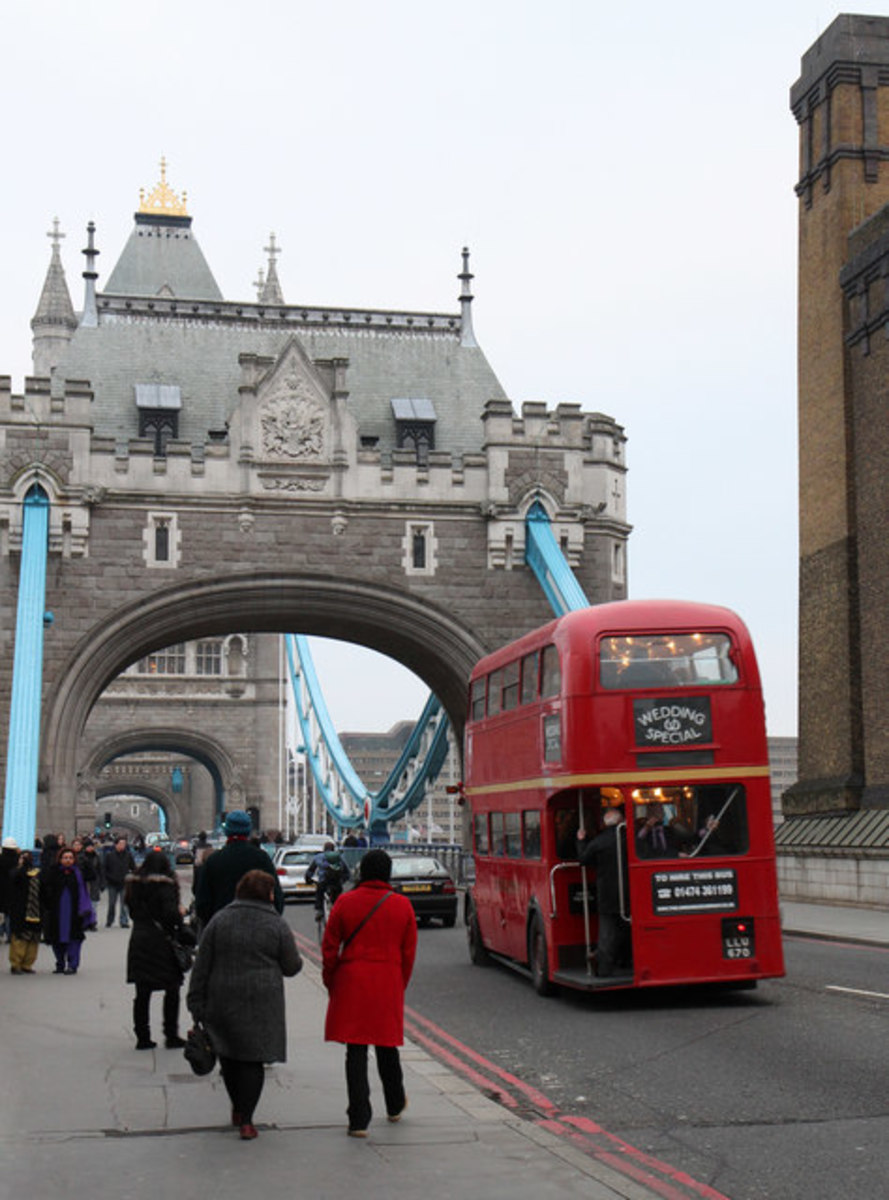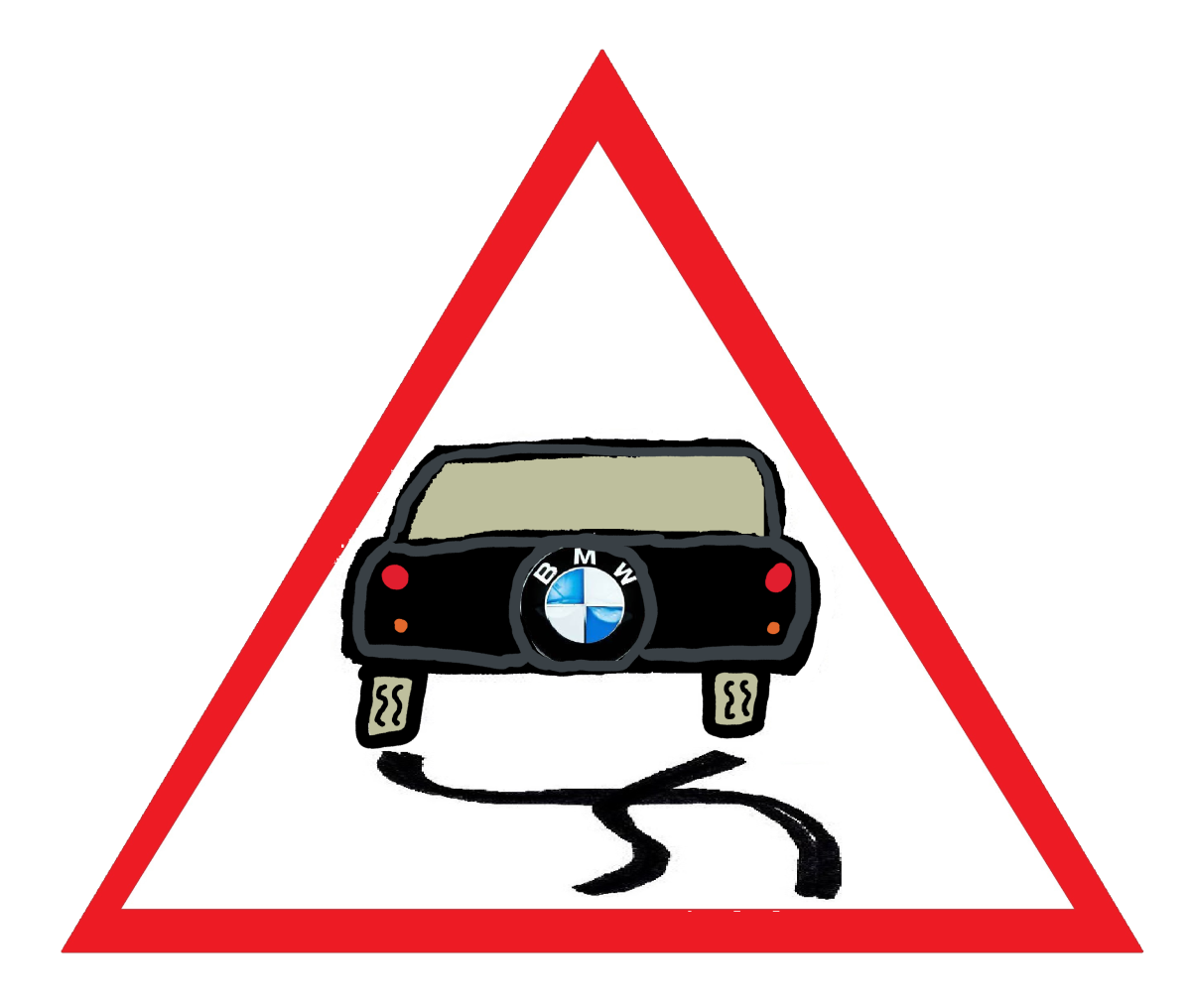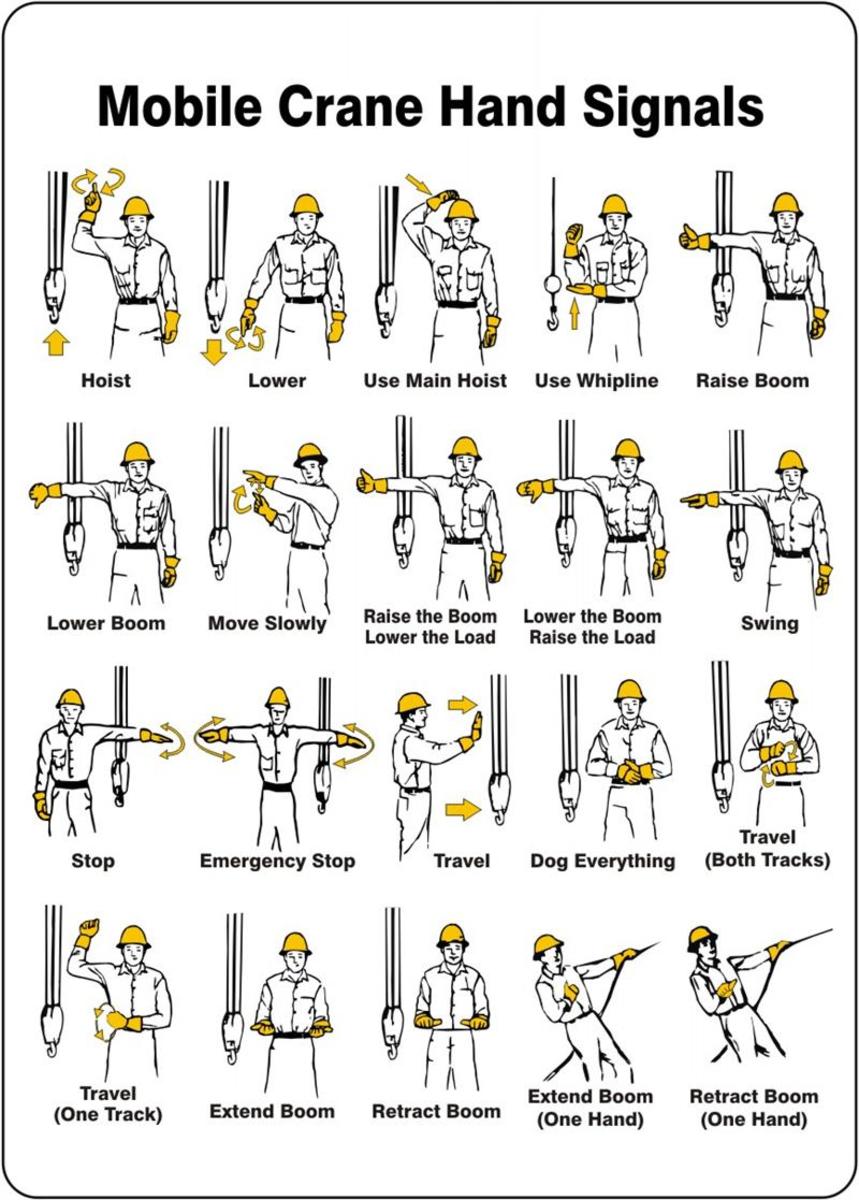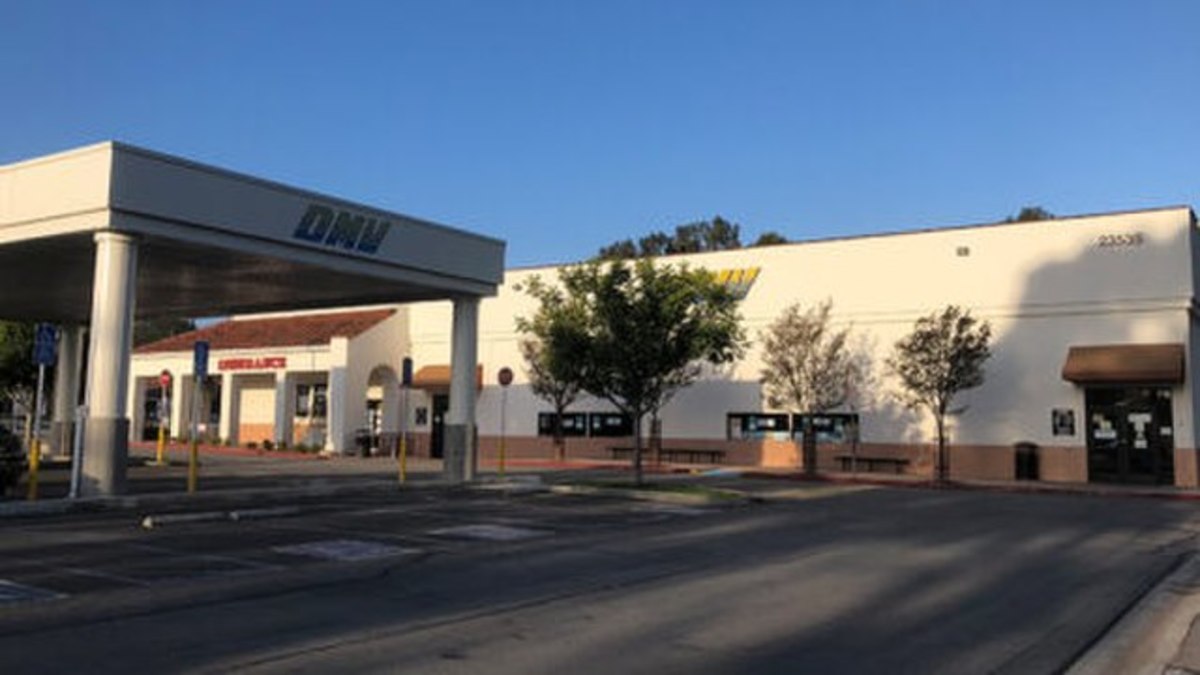Ten Tips for Brits Learning to Drive in the US
United States
Driving in the US.
Driving in the US can be a daunting experience. Different rules, different road signs, different position in the car can all add up to feelings of being overwhelmed.
In the US the equivalent of the DVLA is called the DMV -Department of Motor Vehicles. The rules and regulations differ from state to state so it is important to contact your local DMV or check out their website to find out the specific rules for your area.
One example of this is turning right on a red light. In most states it is permissible to turn right on a red light after you have come to a complete stop and are sure no other cars are coming in your direction. This is not allowed in New York City. In some states speed limits change during day and night times.
Driving Tips
1. Permit vs. Provisional license
In the UK learners are required to take a provisional license test at some point during their learning experience. A license is required to take the driving test. The test needs to be booked in advance and is taken at a designated office just for tests. The test is taken on a computer, and you know immediately at the end of the test if you have passed. A certificate of passing is given upon leaving.
In the US a learning permit is needed to be able to be a learner driver. In Pennsylvania for example, to apply for a learners permit you will need a completed form DL-180, 2 proof of residence documents, social security card and a check made out PennDOT for the current fee. It is possible to make an appointment for you test, however many people drop in during business hours and this too is acceptable.
You will take a computerized written test and a sight test. You need to take both tests in order to pass and obtain your permit. You can now use this permit to practice driving.
The test is based on information about Pennsylvania traffic laws, road signs, and safe driving techniques. To study for the test you can read the Pennsylvania Driver’s Manual, find practice quizzes on line, and purchase practice books.
Pedals in a manual car require you to use both feet
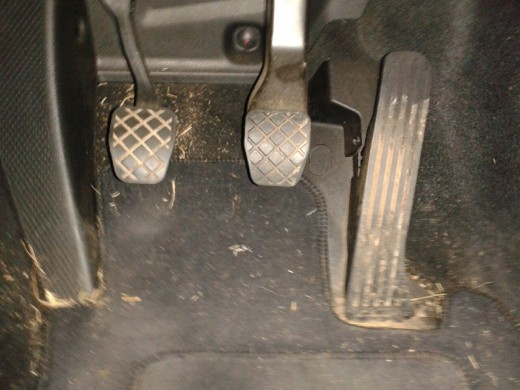
2.Automatic v Stick
Most learners in the UK take their test in a manual or stick car. if you take a test in a Automatic car you are not licensed to drive a stick car. They are two separate licenses. In the US it is acceptable to drive either type of car during the test.
So if you are used to driving a manual car be prepared to adjust your footwork and the need to change gears throughout your driving.
3.Road Signs and Markings.
There are several differences with regard to road markings and signs between the US and UK. Generally in the US red on road signs is usually used for stop, yield, and prohibition signs. A white background means a regulatory sign; yellow is a general warning message.
The shape of the sign also tells you information. Traffic regulations are usually rectangular with the longer direction vertical or square. Regulatory signs for stop are usually octagonal and inverted triangles signify yield. Diamond-shaped signs are for warnings. Rectangular signs with the longer direction horizontal provide guidance information. Pentagons indicate school zones. A circular sign warns of a railroad crossing. The marking on the road are usually yellow with a white line denoting the edge of the road.
More details can be found in the Drivers manual or the US Department of Transportation Federal Highway Administration website.
In the UK warning signs are generally triangular, information signs are rectangular, motorways signs are usually rectangular with a blue background, red circles are usually prohibitive and road and lane markings are usually white, with yellow lines denoting no parking.
4.Traffic Light Positions
Many traffic light signals in the US are overhead and across lanes, in the UK, particularly around towns they tend to be found at a lower level and to the left of the driver. This can make an impact on where your eyes focus when approaching light signals.
Driving Vocabulary
Word used in UK
| Word used in US
|
|---|---|
road
| pavement
|
pavement
| sidewalk
|
motorway
| interstate/highway
|
junction
| intersection
|
roundabout
| Circle
|
hand brake
| parking brake
|
Car park
| Parking lot
|
5.Speed
Both countries have varying speed limits depending on what type of area you driving in. In both countries the speed limit listed is the maximum you should drive to. As a general rule in the UK the speed limits are 30 mph in built up areas, 60 on single carriage ways and 70 on dual carriageways and motorways. In addition local councils can set their own speed limits. An example of this would be close to a school.
In the US speed limits are set by each state so can differ. In Pennsylvania Wikipedia states
'The urban freeway speed limit in Pennsylvania is usually 55 mph but can be as low as 50 mph through downtown Philadelphia and in some cases, as high as 60-65 mph'.
In California the Drivers Handbook states 'The maximum speed limit on highways is 65 mph. You may drive 70 mph where posted. . . . . . . the maximum speed limit is 55 mph on two-lane undivided highways.'
The main difference for speed limits in the US is in school zones. These zones are usually in areas where there is a high number of children pedestrians or buses. These zones usually have a slow speed limit during specific times, usually during the beginning of the school day and at dismissal times. Some zones even have flashing lights during this time to warn you that you are approaching the zone.
6. Drivers Ed
Some High Schools offer drivers ed classes. This can involve both classroom lesson and practical driving lessons. Many insurance companies offer discounts for students that have taken drivers ed.
7.L plates
In most US states there is no requirement to display learner plates (L plates) on your car. Unless you are driving in a driving school car, no one knows you are a learner driver. In New Jersey drivers with a permit under the age of 21 must display L plates.
8.Medical
To be permitted to take the permit written test you have to provide a completed DL-180 form. Part of this form needs to be signed by your doctor to say you are medically fit to drive. For most learners this would mean having a physical and getting the form signed before taking the test.
In the UK a medical in not needed. An informal sight test is taken as part of the driving exam to ensure you can read a number plate (car registration) from a specific distance.
9.What is in the Test
The driving test in the UK is thirty to forty five minutes long and covers a wide range of driving conditions to demonstrate you ability to drive in a variety of speeds and situations. Hill starts, reversing around a corner, parallel parking and a three point turn are all skills you might be asked to show.
In the US the driving test requirements vary from state to state. In Pennsylvania for example, you are required to demonstrate parallel parking only and the test is for 10 - 15 minutes.
Automatic Car
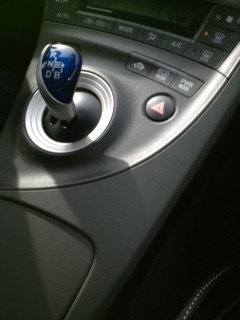
10. The Rght Side of the Road
One of the biggest challenges for UK drivers when learning to drive in the US is oriention. Not only are you driving on a different side of the road, you are in a different seating position in the car. This means you need to think differently about your position on the road, how you use your mirrors and where your blind spots might be. in the UK almost drivers sit on the right hand side of the car and control the stock and gears with their left hand. In the US you generally sit on the left and have the controls to the right of you.
Manual gear stick. As you can see the drivers wheel is on the right side of the car.
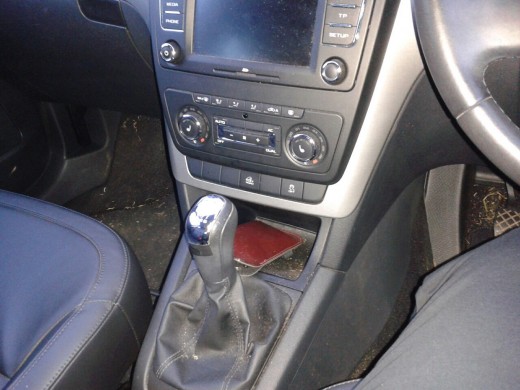
Driving Preferences
Which type of car do you prefer to drive.
So with a little background knowledge you can use the skills you have developed as a UK driver and adapt them to learning to drive successfully in the US.


